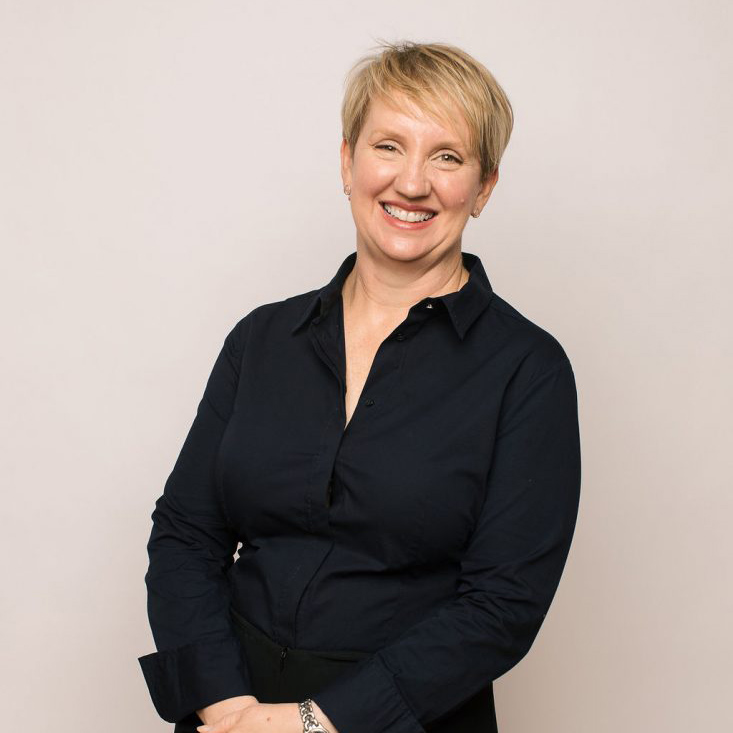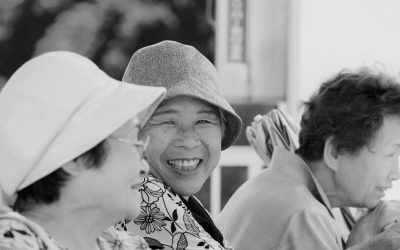His 2008 book ‘Nudge: improving decisions about health, wealth and happiness”[1] has become one of the most wide read and the theory adapted to shape policy making across the world.
What is a nudge?
In essence, a nudge is an adaption to the environment that alters a person’s choice or behaviour, without taking away their right to choose. This is done via altering the choice architecture, a term developed by the authors. Examples of choice architecture include whether a door is designed to nudge you to push or pull it; the order of wine on a restaurant menu ‘nudging’ you to purchase the second most expensive bottle; or comparison of your ‘household of four’ electricity usage against other similar households in your town.
So influential was Thaler’s book that many Governments stood up ‘nudge units’ to develop cost-effective policies to address the behaviour of a population as a whole. In Australia, The Department of the Prime Minister and Cabinet, includes the Behavioural Economics Team of the Australian Government (BETA), which applies behavioural insights to public policy.
When it comes to health, nudges are everywhere. Some are more effective than others. Let’s break them down into patient and practitioner.
Patient nudges
Smoking cessation is a preventive health area primed for a nudge or two. Australia’s success in nudging citizens to stop smoking with plain packaging for cigarettes is credited with continuing to drive smoking rates down across the country.
In 2020, there has been no greater need to nudge the population than to increase the level of hand washing during the COVID-19 pandemic. Nudging most certainly has a role to play, and some are so simple. One study in 2018 placed arrows in public toilets, leading from the toilet to the sink. This one simple intervention alone increased hand washing rates by 46% for males and 76% for females.[2]
Practitioner nudges
Nudging clinicians and healthcare professionals is inherently more complex. It is critical for policy makers designing the nudge to maintain the autonomy of clinical decision-making. To use Thaler’s words – without taking away their right to choose.
The BETA team recently released an update to previous work, ‘Nudge vs Superbugs: A behavioural economics trial to reduce the overprescribing of antibiotics’. In essence, the trial randomised General Practitioners, intervention versus control group, and sent them a letter comparing their antibiotic prescribing against their peers (much like the electricity bill example above). Overall prescribing reduced by 9.0 per cent over the year, peaking by 13.6 per cent.
The success of this trial demonstrates that a well-designed nudge can lead to improved outcomes for both patients and the population at a whole. Importantly though, the trial was designed with buy-in from key peak bodies and organisations – a critical factor for its success.
[2] Blackwell, C, Goya-Tocchetto D, et al. Nudges in the restroom: how handwashing can be impacted by environmental cues. Journal of Behavioural Economics for Policy. Vol. 2, No. 2, 41-47, 2018

Renae Beardmore
Managing Director, Evohealth



